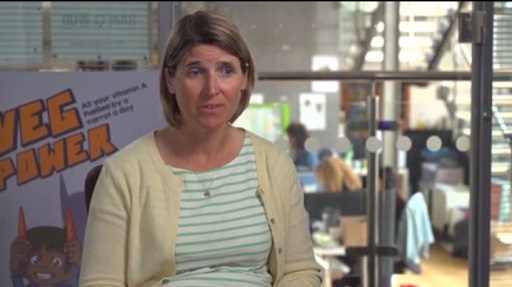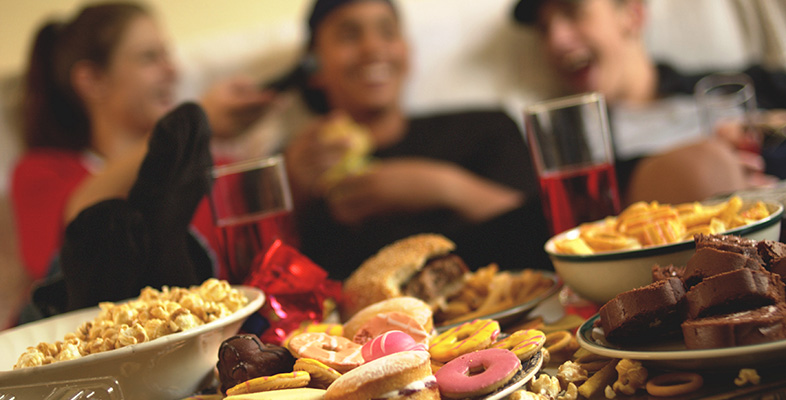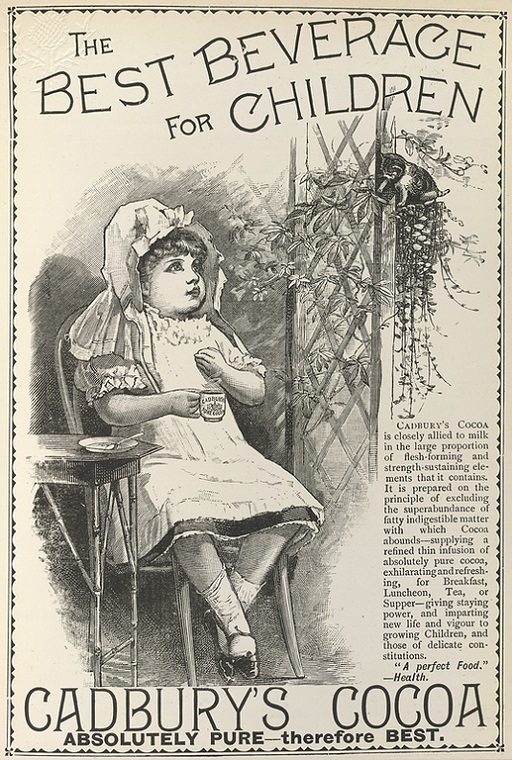6 How children’s food ‘choices’ are affected by wider environmental factors
The next activity introduces you to some factors that influence the foods that children eat.
Activity 2
Before you watch a video (in the following activity), consider the reasons you believe children and families eat the way they do – you may find it helpful to make a quick note of these first.
Public media discourse about food and eating focuses almost exclusively on ‘choices’, placing responsibility squarely with parents and children. However, this video explores some other ways we might think about the wider, systemic factors that affect the foods that parents and children buy and eat.
In this video you will hear Anna Taylor talk about the work of the UK-based Food Foundation, an organisation that aims to change people’s ability to eat healthily through policy and building public understanding about how the food we eat is affected by entire food systems rather than by individuals. You will also listen to Professor of Law at the University of Liverpool, Amandine Garde, who discusses how using the United Nations Convention on the Rights of the Child to invoke child rights might improve children’s diets and who argues that the rights to both protection and participation enshrined in the CRC need to be considered when advocating for children’s rights to be healthy. Her work relates to the very widespread marketing of unhealthy food and drink that has been demonstrated to affect children’s food preferences, requests, and purchases and thus the quality of their diet.
Activity 3
Before watching this video, consider these questions:
- Do you think that children have the right to engage in social life, including media and digital worlds, without encountering marketing for unhealthy foods? Or do you think they should be allowed to make their own eating choices?
- Why is the ‘healthy choices’ agenda problematic?
- What do you think of a ‘children’s rights’ approach to children and food?
Now watch the video.

Transcript
Now consider: did anything you heard from these two experts surprise you? And do you think that children can be persuaded to pester parents for vegetables – instead of sweets and snacks?

